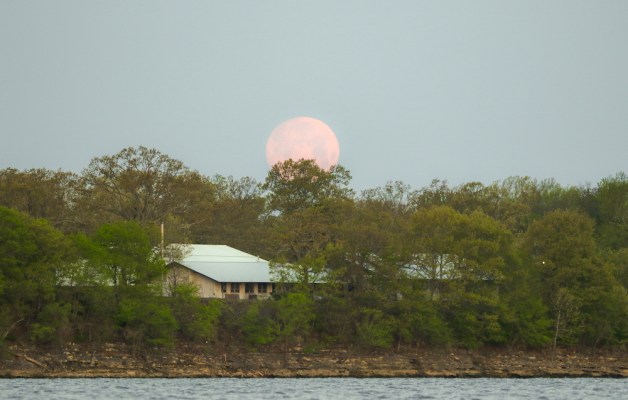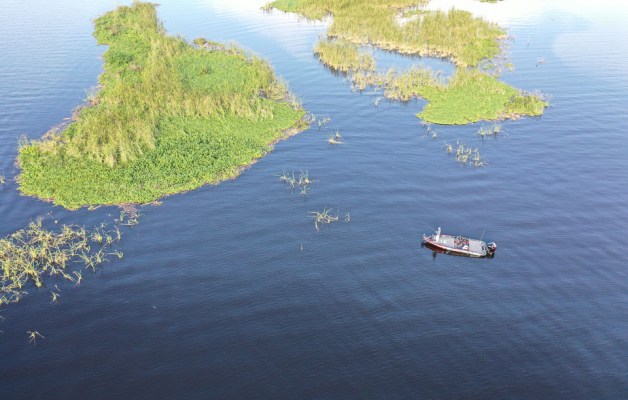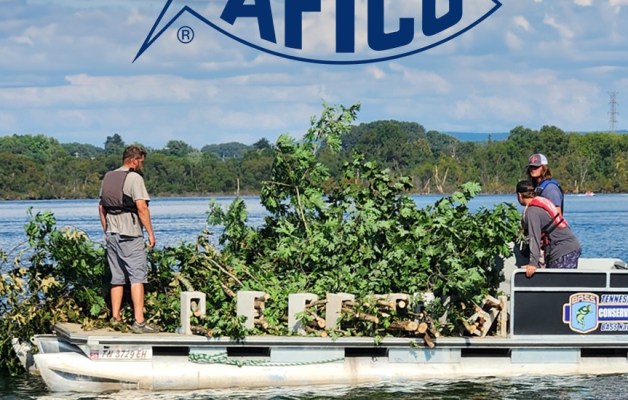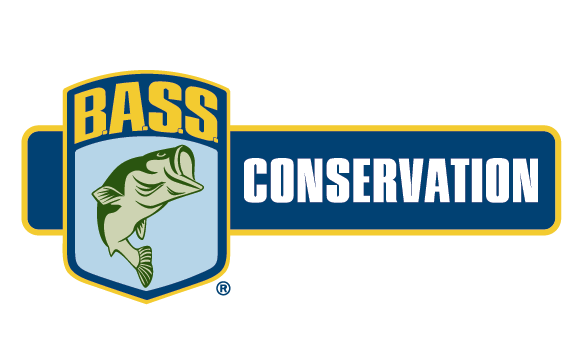
DUNNELLON, Fla. – Thus far, resource managers are breathing a sigh of relief in the wake of powerful Hurricanes Harvey and Irma that hammered east Texas and the entire Florida peninsula, as damage to fisheries seems minimal. Long-term impacts, however, particularly in the Sunshine State, could be more significant. Biologists will assess and monitor for months.
Harvey did little or no damage to bass fisheries in east Texas, including Toledo Bend, according to Todd Driscoll with Texas Parks and Wildlife.
“Based on what we know now, it appears that Harvey effects weren’t that severe on the Sabine, Neches and Taylor systems,” he explained.
“Given all the flood-related damage, very few are fishing in these areas, but from the limited reports I’ve heard the local anglers are catching fish. There have been no reports of any fish kills due to Harvey.
“Historically, saltwater intrusion from hurricane-related surge is what has wreaked havoc on the fish populations in these systems,” he added. “With Harvey, these systems escaped the saltwater surge. It seems that the historic flooding did not significantly affect the bass populations, but we will know more later this fall after our electrofishing survey, and when local anglers get back on the water.”
In Florida, meanwhile, fish died on both the Withlacoochee and St. Johns Rivers, kills not unexpected – or catastrophic – considering the vulnerability of those systems. Minor die-offs continue to be reported elsewhere as well.
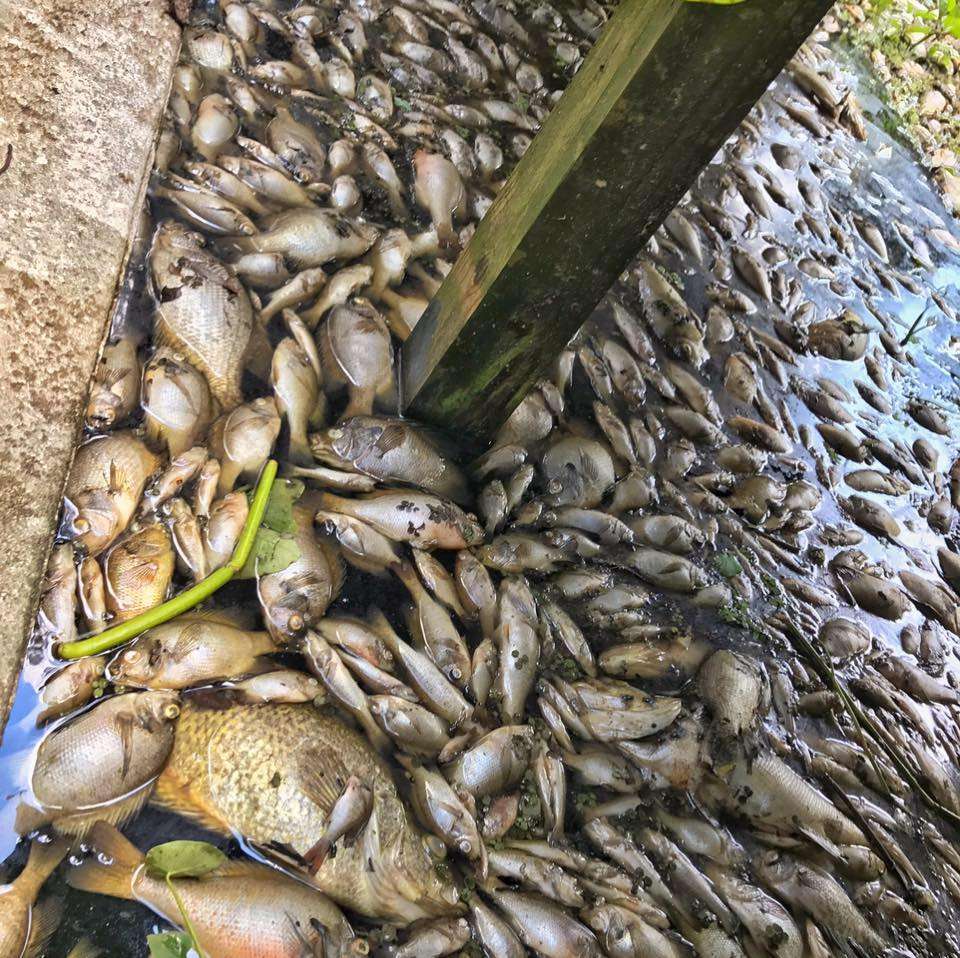
“Right now, there’s a multi-divisional effort to assess what’s happened to our water bodies and our freshwater and upland habitats as well,” said Ryan Hamm with the Florida Fish and Wildlife Conservation Commission (FWC). “But we still have high water everywhere.”
FWC’s Allen Martin added, “In general, impacts were less than with earlier hurricanes that ripped out vegetation. We’re not sure why that didn’t happen this time.”
Those who live near and fish those rivers and the lakes associated with them where kills occurred, however, saw and smelled the bodies. They view the die-offs as more damaging to the waters they love.
“Oh, my, it’s horrific,” said Stephen Bishop, a long-time bass fisherman on the St. Johns. “There are blankets of dead fish, primarily from Astor to as far south as you want to go.
“Water is so high, all our ramps are closed, so we can’t even get a full grasp,” he continued. “But I’ve got contacts from all corners telling me the same thing. I’ve experienced this before, and it was nowhere near this size.”
And about Lake Rousseau, which is fed by the Withlacoochee, property owner and angler Sam Burel said, “It’s epic. Six and eight-pounders are floating all around my dock.”
Upstream around Dunnellon, Geff Gascay posted photos of the die-off on his Facebook page. “Not sure I can document this much longer,” he said. “I feel ill, both physically and emotionally, and it takes some time to recover.”
While saddened also, Burel, however is not bowed. “How long it might take to get well is up to God,” he said. “Lake Rousseau is hurt but not dead.”
That’s the message that FWC resource managers want to convey to all who fear permanent damage to these rivers. Even without hurricanes, kills occasionally occur on these systems because of a variety of factors that contribute to low dissolved oxygen and suffocation for the fish that cannot escape it. Primary among them are organic debris and warm water, which is incapable of holding much oxygen under normal conditions. And when Irma hit Florida, water was at its warmest of the year.
“A lot of our rivers and even some of our lakes are fed by cypress swamps, which have a lot of leaf litter,” Martin explained.
Storms and heavy rains flush that organic matter out of the swamps and into the fisheries, along with warm, stagnant water. Additionally winds push leaves and other green vegetation into the water, adding to the nutrient load. Organic muck on the bottom gets stirred up too.
“And with these hurricanes, you often get several days of cloud cover,” Martin added. “That a perfect storm of things (to cause a fish kill).”
Those clouds block sunlight, which fuels photosynthesis in aquatic plants, producing oxygen in the water.
“When there isn’t enough sunlight, these organisms stop photosynthesizing and start respiring. Respiring uses oxygen,” the biologist said. “Finally, often the water coming from the swamps is dark tannin, which further blocks sunlight and adds to the issue.”
And significantly for the Withlacoochee, its headwaters lie in the Green Swamp, a massive, marshy area of stagnant water with low dissolved oxygen.
Lake Okeechobee to the south also suffers from low dissolved oxygen in areas from time to time, especially the backwaters. But Irma, which made landfall just to the west, didn’t cause immediately visible substantial damage to that world-class fishery, nor to Lake Trafford, a fishery just restored following a long-term rehabilitation project.
“On Okeechobee, the hardline of bulrush and cattail were thinned out a little bit, pushed farther back into the marsh and closer to the levee,” said FWC’s Barron Moody. “On Trafford, there was minor damage, but no significant damage to the bulrush, which is important.”
The key to how much damage Irma will cause long-term not only for these two lakes, but other Florida fisheries, is water level. For example, Okeechobee is now 3 feet higher than it was before the hurricane.
Persistent high water prevents shallow areas along the edges from drying out. That’s needed for muck to dry up and blow away, creating spawning areas for fish and allowing beneficial plants to germinate.
“We’ve seen some kills, and we expect dead vegetation to collect and decay which could lead to more,” Moody said. “Or maybe not.
“But history shows we will recover,” continued the biologist, who added that he’s already hearing reports of anglers catching bass at Okeechobee, the Kissimmee Chain and other waterways.



